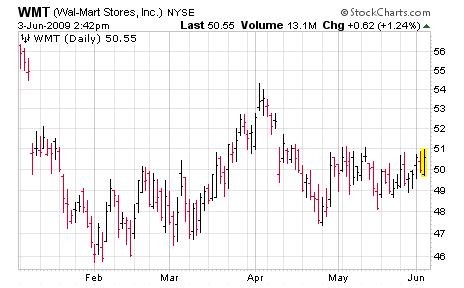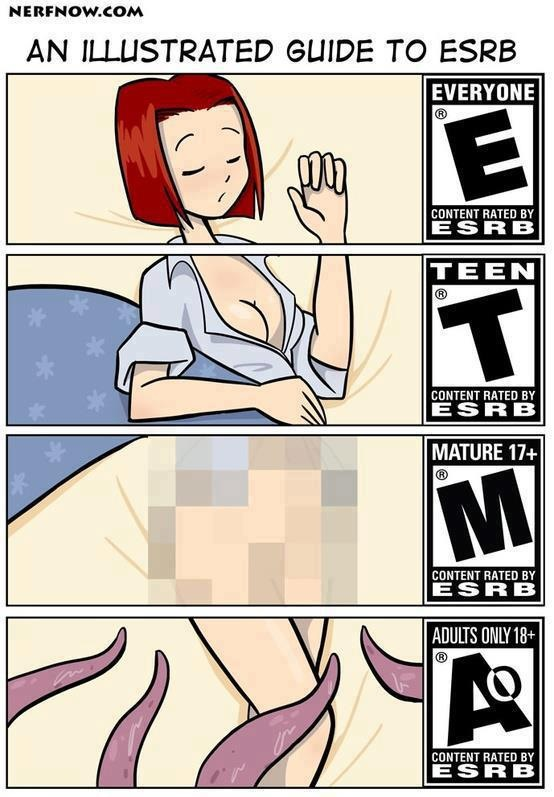What Does a Hold Rating Really Mean
Post on: 16 Март, 2015 No Comment

In the July 2008 issue, Jack Hough of Wall Street Journal s magazine Smart Money criticizes the rise of hold recommendations issued by analysts, 48% last year according to Bloomberg. He says, and rightly so, that analysts should only issue buy or sell ratings, and asks which of the two a hold rating is supposed to be. His introduction about Americans having become accustomed to nice reviews insinuates that some hold ratings may be nicely put, disguised sell ratings.
Indeed, Bloomberg News reports that [i]nstead of saying sell, analysts have stuck with hold ratings that are less likely to antagonize the senior executives theyre monitoring. according to Tom Larsen, a former Credit Suisse Group analyst who is now at Harding Loevner Management LP. The hold rating signal[s] to institutional investors that a company is in decline, a tacit understanding to sell stocks downgraded to hold.
Noting that a hold rating may sometimes also be a cop-out for indecisive analysts (the wimpy middle ground), the Smart Money article continues to discuss a study of when hold ratings may even mean buy. The study, conducted at Indiana University and the University of Georgia, analyzed hold rated stocks over twelve years ending 2005 and showed that the most favorable hold stocks even beat buy rated stocks.
The study provides a number of factors to try to identify those hold rated stocks that may really be a buy, and, based on these factors, Hough identifies six stocks he recommends as possible buys: AGCO (NYSE:AG ), Landrys Restaurant (LNY ), Multi-Fineline Electronics (NASDAQ:MFLX ), Owens & Minor (NYSE:OMI ), Sauer-Danfoss (NYSE:SHS ), and Steelcase (NYSE:SCS ).
While I have no personal opinion about these particular stocks and refer those interested in the analysis to the Smart Money magazine article, I generally agree with the idea that some hold ratings can be disguised buys, and that, indeed, those should be more of a buy than some buy ratings. Being a believer in value stocks (see my last Seeking Alpha article ), I agree with Hough that one should sometimes purge the results of buys because [v]alue stocks. should be unloved.
Taking a step back and looking at only the plain language (an initial approach lawyers take to contract interpretation), what does a hold rating mean literally? Obviously, one cannot hold a stock one does not own, so the hold rating technically tells owners to keep a stock, but all others not to buy it at the same time.
Yet, the difference between owning and holding a stock versus not owning but buying the stock is normally only the transaction cost, generally limited to a relatively small commission, and a non-owner can therefore make herself an owner at little cost, only to find out thatall of the suddenthe same analyst apparently now recommends to keep having an interest in this same stock, rather than staying away from it. This seems an odd recommendation indeed to account for almost half of last years ratings.
In the end, a share price can only do three things: go up, go down, or stay essentially the same. If a hold rating is based on an expectation that the price will rise, then it should really be a buy. If the analyst believes that the share price will decrease, then one would hope that the analyst issues a sell rating, and not a hold, but the problem remains that a hold rating may be a codified sell for institutional investors, thereby having a contradictory meaning.
The third possibility, that the price will stay essentially the same, within the slim margin of trade commission costs, may sound like the most reasonable explanation for a hold rating at first, but does not make much sense once looked at more closely either:
If the price is indeed expected to stay essentially the samewith no end in sightthen it should be really a sell, as there are better places to put your money than where it does not appreciate at all (even those high-interest savings accounts that currently have such ridiculously low interest rates). If the bet is, however, that the price will recover in the long run, then the stock is really a (long-term) buy. In short, one either believes that it makes sense to own a stock, or not. In the former case, the rating should be a buy; in the latter, it should be a sell. There should be no room for holds, a term that suggests that owning the stocks makes sense, which would make it a buy as well.
One way to weed out hold ratings that are meant to be disguised code-sells for professionals may be to look at the ratings trend. After all, [u]pgrades. represent fresh information, as Hough observes. Hence, if the stock used to be a buy and is adjusted to hold, there is a chance that we are looking at a sub rosa sell rating, as that fresh information was likely not positive. Instead of using the terms sell, hold or buy, it may make more sense to assign numbers and look at the momentum, rather than to get hung up on the plain meaning of the words.
Indeed, BNY Jaywalk, the Bank of New Yorks independent equity research consultancy, uses a numerical scale of 1-5 for its Consensus score (including decimals), where a score of 1 is interpreted as strong buy, and a score of 5 is interpreted as strong sell (the rest are: 2 = buy; 3 = hold; 4 = sell). Standard & Poors Stock Report uses a one through five STARS rating system (the STock Appreciation Ranking System, where one star is a strong sell, and five stars are a strong buy).
Using these 5-tier systems, stock ratings normally move up or down a tier on that scale (sometimes, they may move more than one tier at a time). In other words, a rating changing from sell to hold really means that there is an upward adjustment of the rating from 4 to 3 (or from two stars to three).
Some institutions issue neutral ratings rather than holds, including, for example, Reuters, Oppenheimer & Co. Banc of America Securities, Credit Suisse Securities, and UBS Securities. Calling the result of an analysis neutral does not suggest any particular action, or inaction (Hold that stock!), but simply suggests that indicators are not strong one way or the other. Indeed, Reuters system simply assigns an outperform (its top rating) to the top 30% of stocks it reviews, an underperform rating to the bottom 30%, and a neutral to the restno misleading suggestion that those 40% in the middle should be held but not bought.
However, thinking in terms of numbers may still provide the most clarity: A stock that was a 5 some time ago but has now moved up to a 3 begins to sound interesting, but a stock that used to be a 1 doesnt look so hot anymore after getting downgraded to that same 3.

Most analyst reports are proprietary and I can therefore not disclose or discuss their content publicly here. However, online brokers generally make a selection of such reports available to their customers, which should cover most Seeking Alpha readers. For the purposes of this article, a historic sample report from December 2006 for the stock General Motors (NYSE:GM ), provided by Standard & Poors for free on its web site, will have to suffice as an example.
The above chart shows GMs share price for the last five years. In its sample report, Standard & Poors had not rated GM a buy (i.e. four stars or more) since mid-2004. However, in the third quarter of 2006, for example, the rating increased from two stars (sell) to three stars (hold), before it went back to sell, approximately where indicated by the vertical lines in the chart above. Clearly, there were opportunities to make money in between, while the stock was on hold.
Obviously, analyst ratings are only a starting pointfar from fail-proofand investors must do their own diligence. Indeed, the rating adjustments indicated in the chart above are a far cry from optimal, with both the up- and down-trend recognition coming considerably after the fact. But analyst ratings still serve as a valuable tool, and that includes the cryptic hold rating.
Disclosure: None.
References:
Jack Hough, Hold On Just a Minute, Smart Money 42-43 (July 2008).
www.bloomberg.com/apps /news?pid=20601109&sid=aaQDUAN2 hm5Q&refer=news.
sandp.ecnext.com/sandp /includes/msft.pdf .














